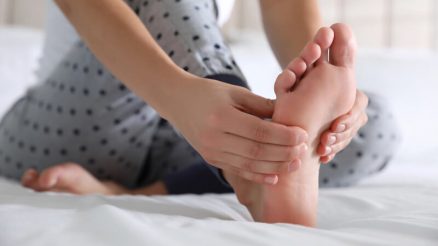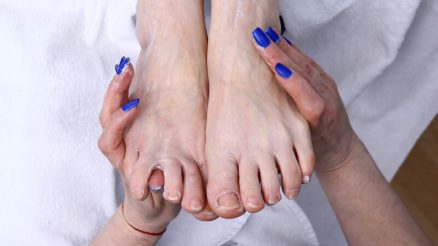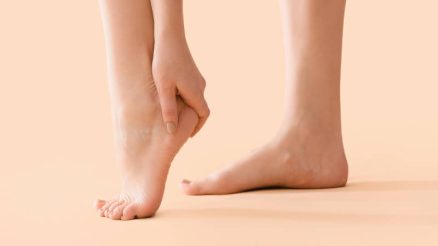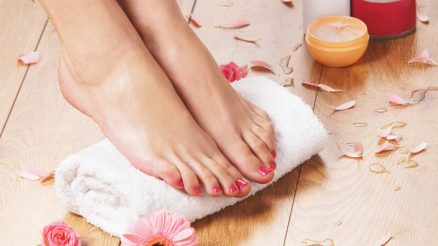As we age, our bodies undergo many changes, and for many seniors, swollen feet and ankles can become a persistent and uncomfortable issue. While often benign, it’s a condition that can impact mobility, comfort, and overall quality of life. Medically known as edema, this swelling occurs when fluid accumulates in the tissues, often in the lower extremities due to gravity.
Understanding why it happens and what you can do about it is the first step towards finding relief and maintaining your independence.
Why Do Senior Feet Swell? Common Causes
Several factors contribute to swollen feet in older adults:
- Gravity: Simple physics plays a major role. Standing or sitting for extended periods allows fluid to pool in the feet and ankles.
- Circulatory Issues: As we age, veins can become less efficient at pumping blood back to the heart, leading to fluid leakage into surrounding tissues. Conditions like chronic venous insufficiency are common culprits.
- Heart Conditions: Congestive heart failure can cause fluid retention and swelling, as the heart struggles to pump blood effectively.
- Kidney Disease: Impaired kidney function can lead to an inability to remove excess fluid and sodium from the body.
- Liver Disease: Liver problems can reduce the production of albumin, a protein that helps keep fluid in the bloodstream.
- Medications: Many common medications prescribed to seniors can cause fluid retention as a side effect. These include certain blood pressure medications (calcium channel blockers), NSAIDs, corticosteroids, and some antidepressants.
- Deep Vein Thrombosis (DVT): A blood clot in a deep vein, usually in the leg, can cause sudden, painful swelling, redness, and warmth in one leg. This is a medical emergency.
- Lymphedema: Damage to the lymphatic system can prevent proper fluid drainage, leading to swelling.
- Arthritis: Inflammation in the joints of the feet and ankles can cause localized swelling.
When to Seek Medical Attention
While many cases of swollen feet can be managed at home, it’s crucial to know when to consult a doctor. Always seek immediate medical attention if you experience:
- Sudden, severe swelling in one leg, especially if accompanied by pain, redness, or warmth (could indicate DVT).
- Swelling that is accompanied by shortness of breath, chest pain, or dizziness (could indicate a serious heart or lung problem).
- Swelling that does not improve with home remedies.
- Swelling that worsens or interferes significantly with daily activities.
- Skin changes, such as tightness, shininess, or discoloration over the swollen area.
- Open sores or infections on the swollen feet.
Your doctor can diagnose the underlying cause of the swelling and recommend appropriate treatment, which might include adjusting medications, diuretics, or addressing a specific medical condition.
Practical Tips for Reducing Swelling
Once serious underlying conditions have been ruled out or are being managed by a healthcare professional, there are many effective strategies seniors can adopt to alleviate and prevent foot swelling:
- Elevate Your Legs: This is one of the simplest and most effective methods. Lie down and raise your feet above the level of your heart for 15-30 minutes, several times a day. You can use pillows or a wedge cushion. This helps gravity pull the fluid back towards the torso.
- Wear Compression Stockings: Graduated compression stockings apply gentle pressure to your legs, helping to prevent fluid accumulation and improve circulation. They are tighter at the ankle and gradually loosen towards the thigh. Consult your doctor or pharmacist to determine the appropriate compression level. Put them on first thing in the morning before swelling begins.
- Stay Active with Gentle Movement: Regular, low-impact exercise can significantly improve circulation and reduce fluid retention.
- Walking: Even short walks throughout the day can make a difference.
- Foot and Ankle Exercises: While sitting or lying down, gently rotate your ankles, point and flex your toes, and perform calf raises. These movements act as a “muscle pump” to move fluid.
- Stay Hydrated: It might seem counterintuitive, but drinking enough water helps your body flush out excess sodium and prevent fluid retention. Aim for 6-8 glasses of water daily, unless otherwise advised by your doctor.
- Reduce Sodium Intake: A diet high in sodium (salt) can cause your body to retain fluid. Limit processed foods, canned goods, fast food, and salty snacks. Opt for fresh fruits, vegetables, and lean proteins, and season your food with herbs and spices instead of salt.
- Choose Comfortable, Supportive Footwear: Tight, ill-fitting shoes can restrict circulation and worsen swelling. Opt for shoes that are wide enough, have good arch support, and are made of breathable materials. Consider shoes with adjustable closures (like Velcro) to accommodate daily fluctuations in foot size.
- Gentle Massage: Massaging the swollen areas can help move the fluid. Use gentle, upward strokes towards your heart. You can use a lotion or oil to reduce friction.
- Epsom Salt Soaks: Soaking your feet in a warm Epsom salt bath can help reduce swelling and soothe tired feet. The magnesium in Epsom salts is believed to help reduce inflammation.
- Take Regular Breaks: If you need to sit or stand for long periods, make sure to take frequent breaks. Get up and walk around for a few minutes every hour, or if standing, sit down and elevate your feet.
- Manage Underlying Conditions: Effectively managing chronic conditions like heart disease, kidney disease, or diabetes with your doctor’s guidance is paramount, as these can significantly contribute to swelling.








